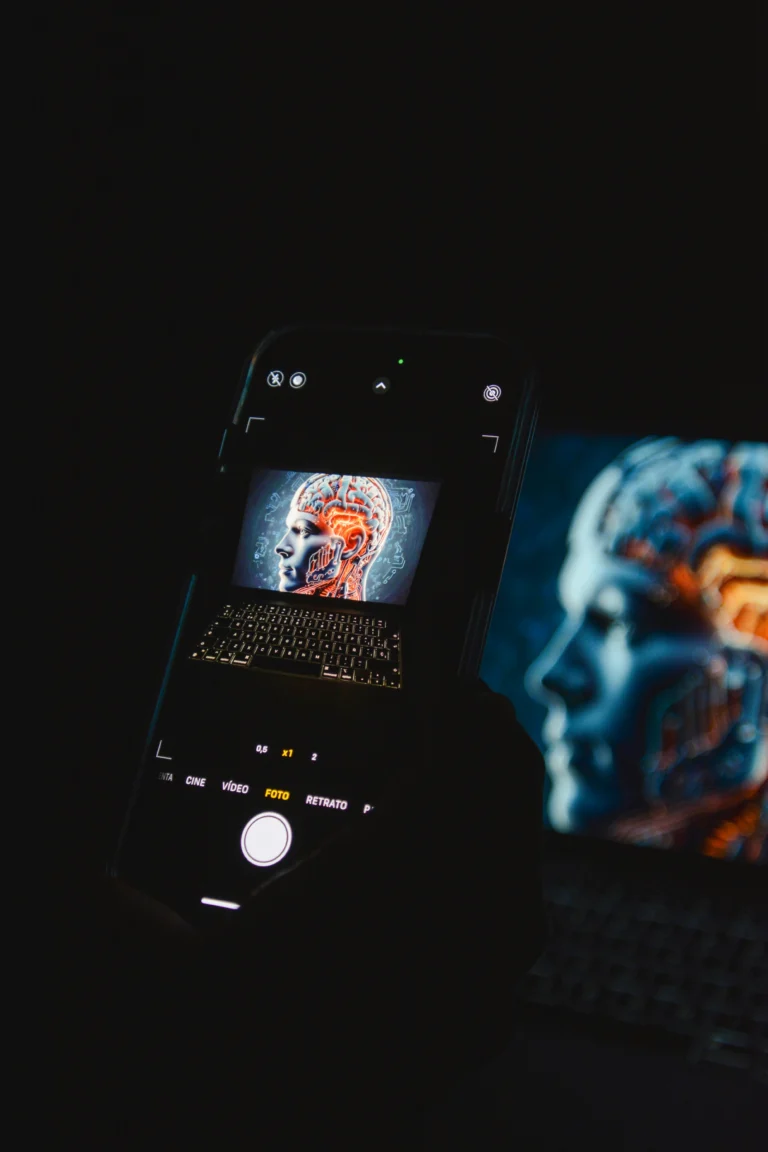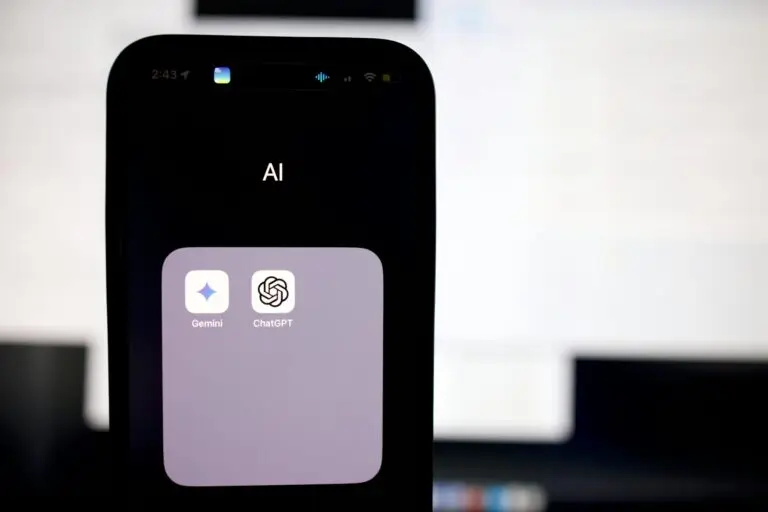Our Copyright Services cover a wide range of copyright counseling, including book and magazine publishing, music, art, computer software, and artificial intelligence.
Ortynska Law counsels on copyright law issues regarding clearance, registration, fair use, licensing, and assignment, as well as on the application of international treaties, such as the Berne Convention, the WIPO Copyright Treaty, the WIPO Performances and Phonograms Treaty, and the Agreement on Trade-Related Aspects of Intellectual Property Rights (TRIPS).
Copyright Registration
Ortynska Law counsels on copyrightable subject matter and the complex requirements for copyright registration with the U.S. Copyright Office for a wide range of works, including literary, musical and dramatic works, graphics, art, motion pictures, choreography, product design, and others.
Copyright Counseling and Dispute Resolution
Ortynska Law regularly delves into emerging technologies and their impact on the clients’ copyrighted works – including social media, Web3 technologies, blockchain, artificial intelligence, and e-commerce. This counseling includes risk assessment, plans to avoid disputes, and resolving disputes if they should arise. Ortynska Law also provides advice on the protection of characters, rights of publicity, fair use, and co-authorship and license agreements.
Title
Description
Title
Description
Frequently Asked Questions
Under international agreements, to which the United States is a party, copyright arises by virtue of the fact of creation of a work and does not require mandatory registration. However, in the United States, copyright registration is a prerequisite (with some exceptions) for filing a federal copyright infringement lawsuit.
In addition, copyright registration enables the plaintiff to seek not only actual damages but also statutory damages, which significantly simplifies the litigation process.
To register your copyright with U.S. Customs and Border Protection, you must first have a valid copyright registration.
Copyright protects original works of authorship: literary works, performing arts, visual arts, photographs, computer programs and databases, and motion pictures. Please note that ideas, concepts, and methods are not eligible for copyright protection. Essentially, your idea (for instance, for a movie) will not be copyrighted, but the expression of this idea (the movie itself) will.
You might also be interested: The Essentials of Copyright Registration
There are different types of copyright infringement. For example, direct infringement is when a person directly infringes copyright by publishing a photo without the author's permission in his or her publication or website, publishing copies of a book without the appropriate permission, placing artwork on T-shirts, and then selling them.
There may also be other types of copyright infringement, also called secondary infringement. These include vicarious, contributory infringement, and inducement.
Contact a copyright attorney who will be able to advise you on the type of infringement, estimate the chances of a potential infringer relying on one of the copyright infringement defenses (for example, first sale and fair use), and determine the further strategy accordingly.
If the copyright owner has registered their copyright before the beginning of the infringement or during the following three months since the publication of the works, they are entitled to recover statutory damages and attorney’s fees in addition to recovering the actual damages and the infringer’s profits.
While the actual damages are subject to proof for the plaintiff, statutory damages are determined by the court. The standard range of statutory damages is from $750 to $30,000. In case of innocent infringement, the court may reduce the sum, but the minimum is $200. However, in case of willful infringement, the court can increase it up to $150,000.
Fair use defense allows a person to use copyright without the permission of the copyright owner. When considering copyright infringement and the fair use defense in such a case, the court will consider four factors: the purpose and character of the use; the nature of the work; the amount and substantiality of the portion used; and the effect of the use upon the potential market or value of the work. A notable example is case Katz v. Google Inc. (Chevaldina) (2015), where Katz, the owner of the shopping center, was photographed. According to Katz, he was depicted as ugly and embarrassing. Chevaldina (a former tenant of the shopping center) created a blog where she used his photo and wrote critical articles about him. Katz bought the rights to the photo from the photographer and accused Chevaldina of copyright infringement. She successfully defended her position by invoking the fair use defense, arguing that her blog was educational rather than commercial; the use was transformative because of her commentary surrounding the photo; there was no evidence that defendant’s use would have any impact on the potential market or value of the original work. (Katz v. Google Inc. (Chevaldina), 802 F.3d 1178 (11th Cir. 2015).
If you use or plan to use a copyright based on the fair use (without the permission of the copyright owner), be sure to consult a copyright attorney about the possibility of applying the fair use doctrine in your case.
If you take content from a book, for example, narrate it chapter by chapter or make a YouTube show with the book's plot, such actions require the permission of the copyright owner, with some exceptions. For example, copyright may no longer be valid for works published around a century ago.
Please note that:
- Copyright for works created after 1978 is valid for the life of the author and 70 years after his death (except when the work is a work for hire, published under a pseudonym, or published anonymously).
- Copyright for works created before 1978 is valid for 28 years, with the possibility of renewal for 67 years.
- In some countries, the calculation of the copyright term may differ.
If the copyright is valid and, in your YouTube video, you go beyond just mentioning that you have read and recommend the book (meaning you tell in detail what the book is about, etc.), then you need to contact the copyright owner and get a copyright license.
Both music and lyrics can be protected in a musical composition. There is also a separate copyright for sound recording — a recording of a musical composition.
A trademark protects names, logos, slogans, and other source identifiers, while copyright protects original works of authorship. Businesses can have both trademark and copyright. For example, a software company uses its product name, logo, and slogan and has those registered as trademarks. The company also has software that is protected by copyright.
Copyright does not apply to slogans. In cases where a slogan serves as a trademark, it may be registered as a trademark.
Works that were not created by humans are not protected by copyright, as there is a so-called human requirement for copyright to arise. It means that objects that lack human creative input are not copyrightable.
In Naruto v. Slater (2018), a court considered whether a monkey could be the legal author of a selfie it had taken with a photographer’s camera. The court ruled “against the conclusion that animals have statutory standing to sue under the Copyright Act.” The same applies to works generated by AI, which are not considered human and therefore lack the requirement of human authorship to be copyrighted.
You might also be interested: Copyright Protection of AI-Generated Content
Also not protected by copyright are the following:
- Slogans and short phrases.
- Procedures, concepts, and methods.
- Facts.
- Works for which the copyright has already expired.
As a rule, if you have created a work (in this case, software), then the copyright belongs to you. However, if the work was created in the work-for-hire model, the rights belong to your employer.
Also, if you created a work together with another author/authors (the so-called joint work), there is a presumption that each author has an indivisible share of copyright.
It is worth noting that you can transfer your copyrights to a third party, and they, not you, will be the copyright owner.
This is a work created by an employee as part of the performance of his or her employment duties. In this case, the employer is considered to be the author and copyright owner. It should be noted that if the employee created the work outside the scope of employment, the rights belong to the employee. For example, if a software developer's scope of work is to create a computer program, and the software developer has created another work, for instance, written lyrics to a song, then the copyright in the lyrics to the song belongs to the software developer, not to the employer.
Copyright in work for hire lasts for 95 years from the date of publication or 120 years from the date of creation, whichever lapses first.
No, you can't. If a work is freely available (for example, an article on a website, artwork in an online gallery), this does not mean that you can use it freely. If the copyright term has not yet expired, you must obtain a copyright license.
Using a copyright notice is recommended, but not mandatory. That is, if the copyright holder does not use the copyright notice, namely ©, the year of publication, and the name of the copyright holder, it does not mean that this work does not have copyright.
If you have created a course, the idea of the course is not copyrighted, meaning that others can also create courses on your topic. For example, if you have an idea to create an online course on modeling and sewing clothes for dogs, other people can create courses on similar topics. However, your texts, workbooks, videos, and graphic works are protected by copyright. This means that other people do not have the right to use your texts, videos, and other works without your permission. If you have written a book as part of the course, the book is also protected by copyright. Also, if you have created a guide as part of the course, which is essentially your lead magnet for attracting students to the course, such a guide is protected by copyright as well.
It is also worth remembering that if you have created an online course, it is advisable to register its name, and sometimes the name and logo, as a trademark.
To start, you should prepare an application and a work for a deposit. Along with this, you shall pay a government fee for registration. In your application, you provide information about the author(s) and owner(s) (for example, if the copyright was transferred under a contract or the work was created as a work for hire). Registering a work when the author is anonymous or works under a pseudonym is also possible.
Besides that, your application shall also cover information about the work itself, such as the title of the work (with the previous and alternative titles), the year of the completion of the work, the first publication date (if already published), etc.
As for depositing, the specifics of it depend on the type of work (for example, depositing artwork for copyright registration will be significantly different from depositing software).
Once filed, the application will be reviewed to assess whether the work qualifies as copyrightable subject matter and meets the formal requirements. The registration process typically takes around 1.5-3 months. Please note that in some cases U.S. Copyright Office may request clarification of information and provide you with the deadline to respond. If not resolved, this may potentially lead to the refusal of copyright registration.
A copyright attorney may help you in choosing the object(s) that are worth registering, prepare an application for copyright registration, guide you through the registration process, and provide a response to the U.S. Copyright Office.


